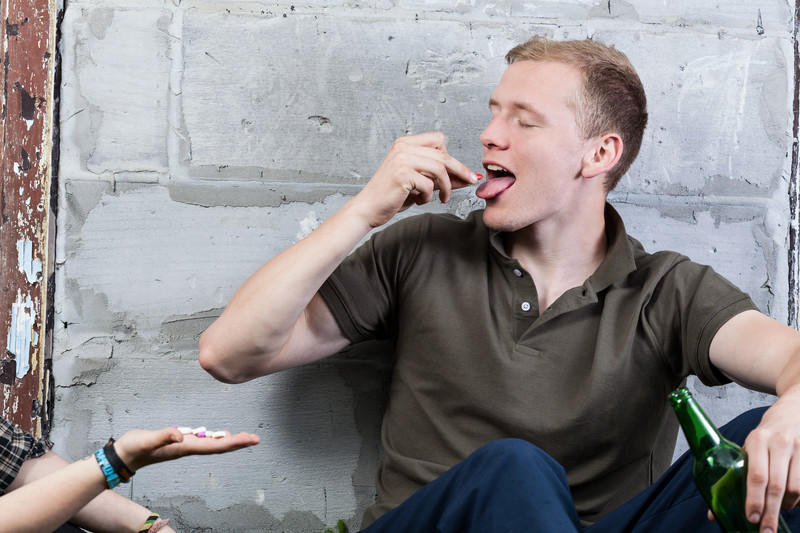Subject:
(Smith R et al, Addiction 2016;111: 1160–1174)
Short Description:
Gabapentin is FDA-approved for seizures and neuropathic pain, but it’s commonly used off-label for a variety of psychiatric and physical conditions, including anxiety, insomnia, borderline personality disorder, alcohol use disorders, and multiple pain disorders. Another aspect of gabapentin use that has come to light in recent years is a seemingly pervasive pattern of misuse and abuse. This has perplexed clinicians and researchers alike as gabapentin has long been considered to have no abuse potential (while the DEA has classified pregabalin as a Schedule V substance, gabapentin is not a scheduled drug). In order to understand the magnitude of and reasons behind the misuse and abuse of gabapentin, University of Kentucky researchers did a systematic review on the issue.
Multiple databases were mined for peer-reviewed articles on the misuse of gabapentin, which was defined as taking medication without a prescription or at a higher dose than prescribed. The final analysis included 47 case studies and 11 epidemiological reports from around the world. Here’s what the researchers found.
Based on a study of 1,500 people in the U.K., it’s estimated that gabapentin is abused by a tad over 1% of the general population. Not surprisingly, the groups most at risk of gabapentin misuse are those with a history of alcohol, illicit drug, or opioid abuse or dependence. People mostly misuse the medication in order to get high, self-medicate, and harm themselves. And they aren’t using it in isolation. Gabapentin is commonly combined with alcohol, benzodiazepines, and opioids. Regarding the latter, upwards of 22% of opioid abusers in the U.S. and U.K. are believed to also abuse gabapentin. Interestingly, those who misuse gabapentin report subjective sensory and psychological experiences similar to benzodiazepines, opioids, and psychedelics. The range of doses being abused varies and falls within the standard therapeutic range of 900–3,600 mg/day. But, when euphoria is the goal of the abuser, gabapentin may be crushed to powder and inhaled. In some cases of misuse, doses of up to 12,000 mg have been seen, but 4,800 mg seems to be the upper limit if the intent is to create a sense of sedation or relaxation. With abrupt discontinuation of doses greater than 3,600 mg/day, some have experienced withdrawal symptoms, including confusion, tremor, agitation, and sweating.
But, as noted above, gabapentin is typically not used in isolation. Abusers can achieve feelings of euphoria and calmness at much lower doses when gabapentin is combined with other medications like buprenorphine, methadone, baclofen, and quetiapine. The street value of gabapentin also supports the anecdotal reports of its abuse potential, particularly when it comes to recreational use. Several studies from the U.S. and U.K. found that gabapentin was often traded for illicit drugs and commanded up to $7 per pill on the street.
CATR’s Take: It appears there is validity to the anecdotal reports we all hear about the misuse and abuse of gabapentin. Therefore, we should prescribe it conservatively, especially to those using benzodiazepines and opioids, individuals battling alcohol and drug addiction, or patients already taking psychiatric medications that can potentiate the abusive properties of the medication.



